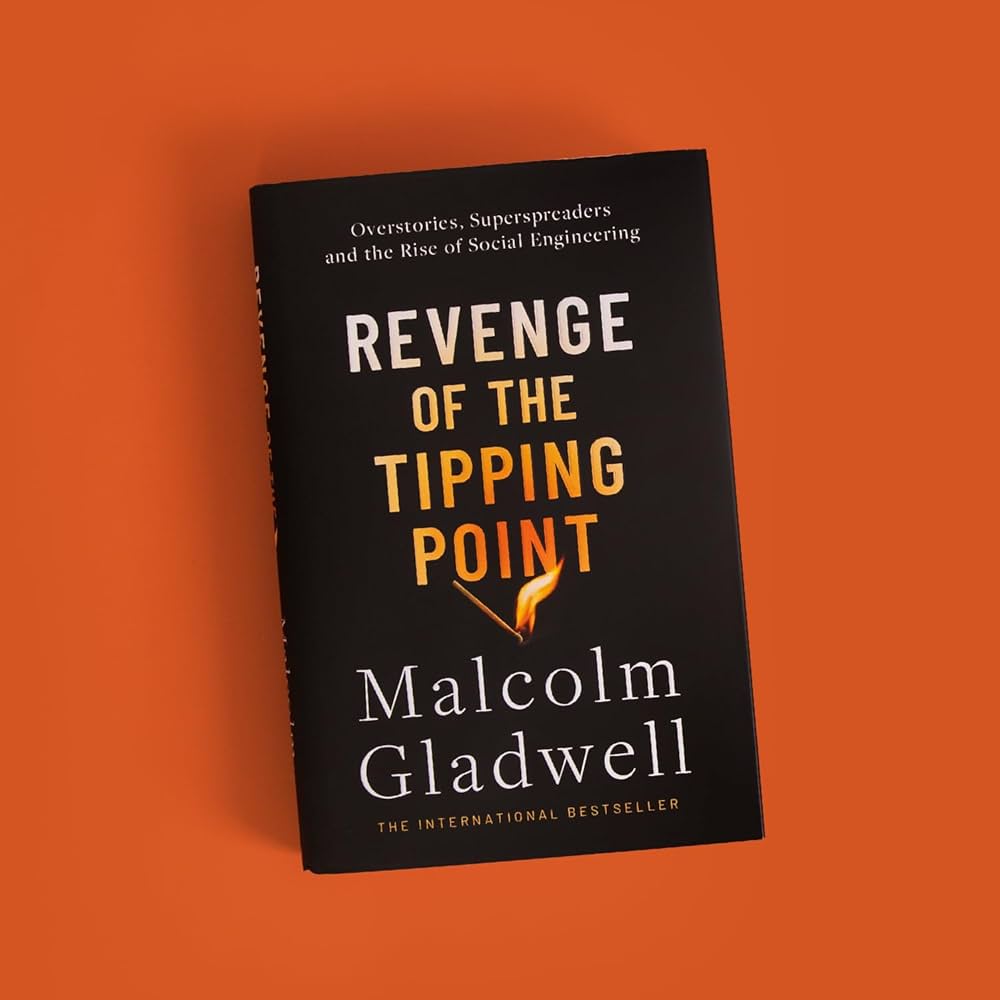Chapter 6: Mr. Index and the Marriott Outbreak “We assume it was introduced by one person.”
byChapter 6 explores a defining moment in the early stages of the COVID-19 pandemic, focusing on Biogen’s leadership retreat held at the Marriott Long Wharf hotel in Boston on February 26, 2020. The event, attended by 175 Biogen employees from various parts of the world, began with breakfast meetings, awards ceremonies, and plenty of networking, bringing together colleagues who hadn’t met in person for a long time. Little did they know that they were unknowingly in the midst of a rapidly developing public health crisis. At the time, the novel virus, SARS-CoV‑2, was quietly spreading across the globe, but it hadn’t yet been fully recognized as a significant threat. Just weeks after the event, several attendees began showing flu-like symptoms, signaling the start of an alarming outbreak linked directly to the conference.
Biogen’s leadership initially maintained a sense of optimism, with few anticipating the magnitude of the health crisis that would soon unfold. However, the situation took a sharp turn after the retreat, when the first attendee sought medical attention at Massachusetts General Hospital, presenting symptoms that were increasingly concerning. This was soon followed by more participants seeking medical help, all exhibiting similar symptoms that seemed to point to a viral infection. The seriousness of the situation was quickly recognized as it became clear that attendees had traveled from Boston to multiple locations around the country, unknowingly carrying the virus with them. What initially appeared to be a small-scale issue rapidly escalated into a widespread health crisis, triggering urgent responses from health officials who scrambled to track and contain the infection. The outbreak’s quick progression raised troubling questions about how swiftly and easily airborne diseases can spread, especially when social gatherings are involved.
In retrospect, the Biogen retreat marked a critical turning point in understanding the transmission dynamics of COVID-19, particularly the role individual gatherings can play in accelerating the spread of infectious diseases. In January 2020, the first confirmed case of COVID-19 in the Boston area involved a student who had recently returned from Wuhan, China, but this case did not result in further widespread transmission. However, the Biogen conference attendees became a central point of an outbreak that spread much more rapidly, with scientific investigations later revealing that this particular strain of the virus was traced directly to the hotel meeting. The virus’s unique genetic signature allowed researchers to pinpoint the exact origin of this cluster of infections, highlighting the central role the Biogen event played in the early spread of COVID-19 in the U.S. This contrast between the isolated student case and the Biogen outbreak underscores the unpredictable and rapid nature of viral spread, emphasizing how small, seemingly inconsequential events can quickly transform into major public health crises.
As scientific investigations into the event progressed, it became apparent that this one meeting had inadvertently contributed to an alarming chain reaction, leading to an estimated 300,000 infections. The individual who first introduced the virus, referred to as “Mr. Index,” likely carried the virus without any symptoms, unknowingly triggering a large-scale outbreak. This revelation underscores the difficulty in controlling the spread of a highly contagious virus when individuals may not even be aware that they are carrying it. The chapter delves into the mechanics of how diseases can spread silently and unexpectedly, with emphasis on the role of social behavior in accelerating outbreaks. It also highlights the responsibility that individuals and organizations have in managing the spread of infectious diseases, particularly when they are part of large social gatherings or business events.
Ultimately, the Biogen incident serves as a cautionary tale about the invisible and often underestimated ways in which viruses spread. It underscores the need for more proactive public health measures and interventions to prevent such events from escalating into larger epidemics. The chapter suggests that the lessons learned from this event could significantly shape future responses to airborne infectious diseases, particularly in understanding the role of social factors in disease transmission. The story of how a corporate retreat became the epicenter of a nationwide outbreak illustrates the intricate and often unforeseen dynamics that play a critical role in public health. By reflecting on these lessons, we can better prepare for future health crises, ensuring that quick and effective measures are in place to prevent widespread harm. The importance of understanding social behaviors and their impact on health risks cannot be overstated, especially as we continue to navigate the complexities of infectious disease management in an interconnected world.


